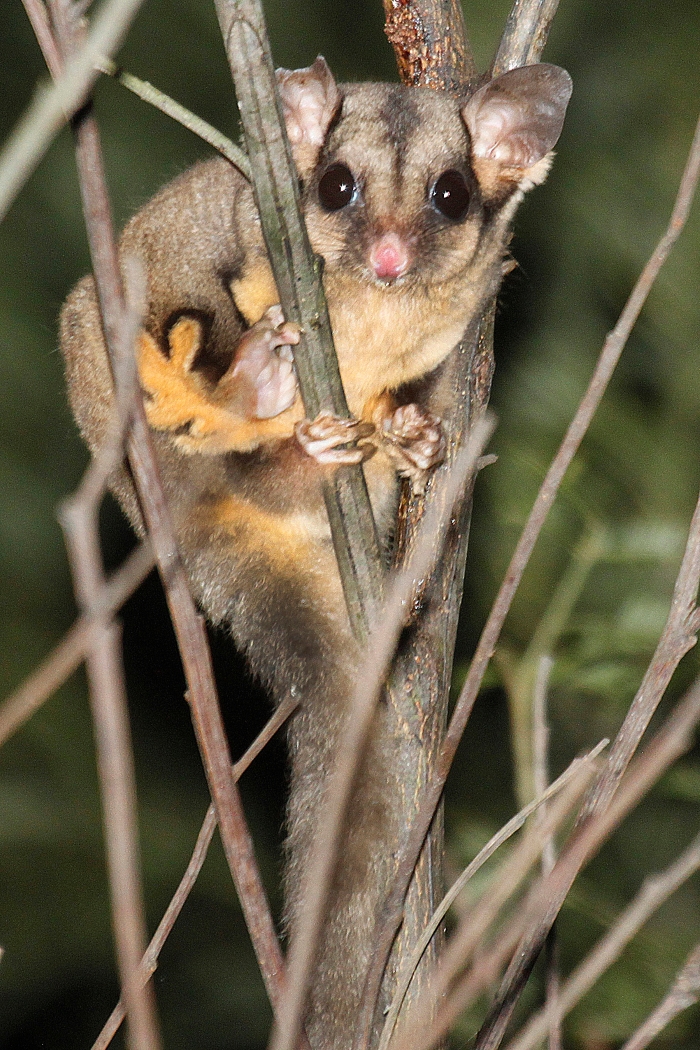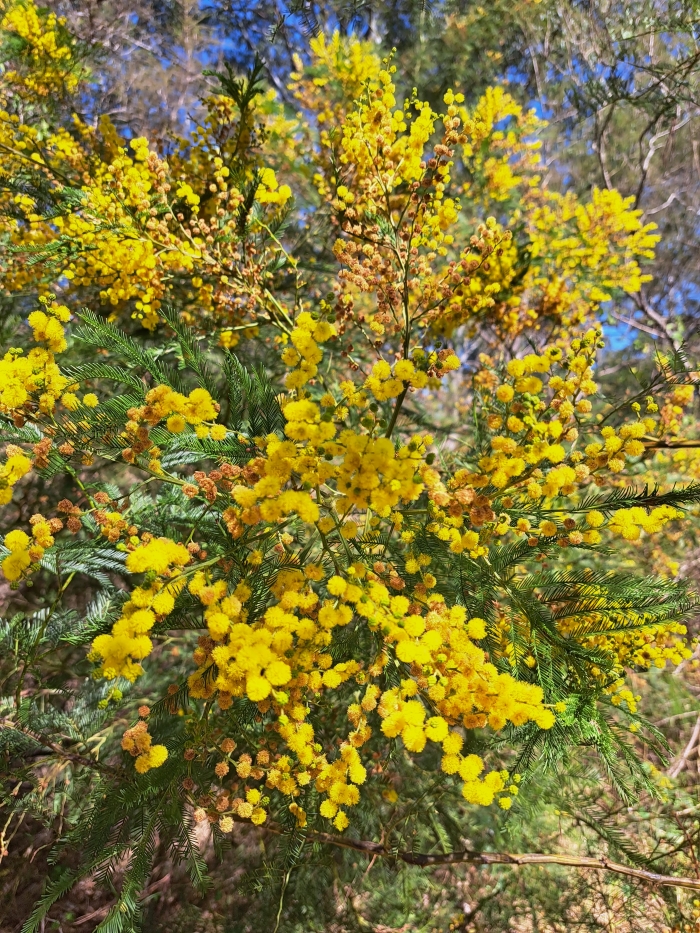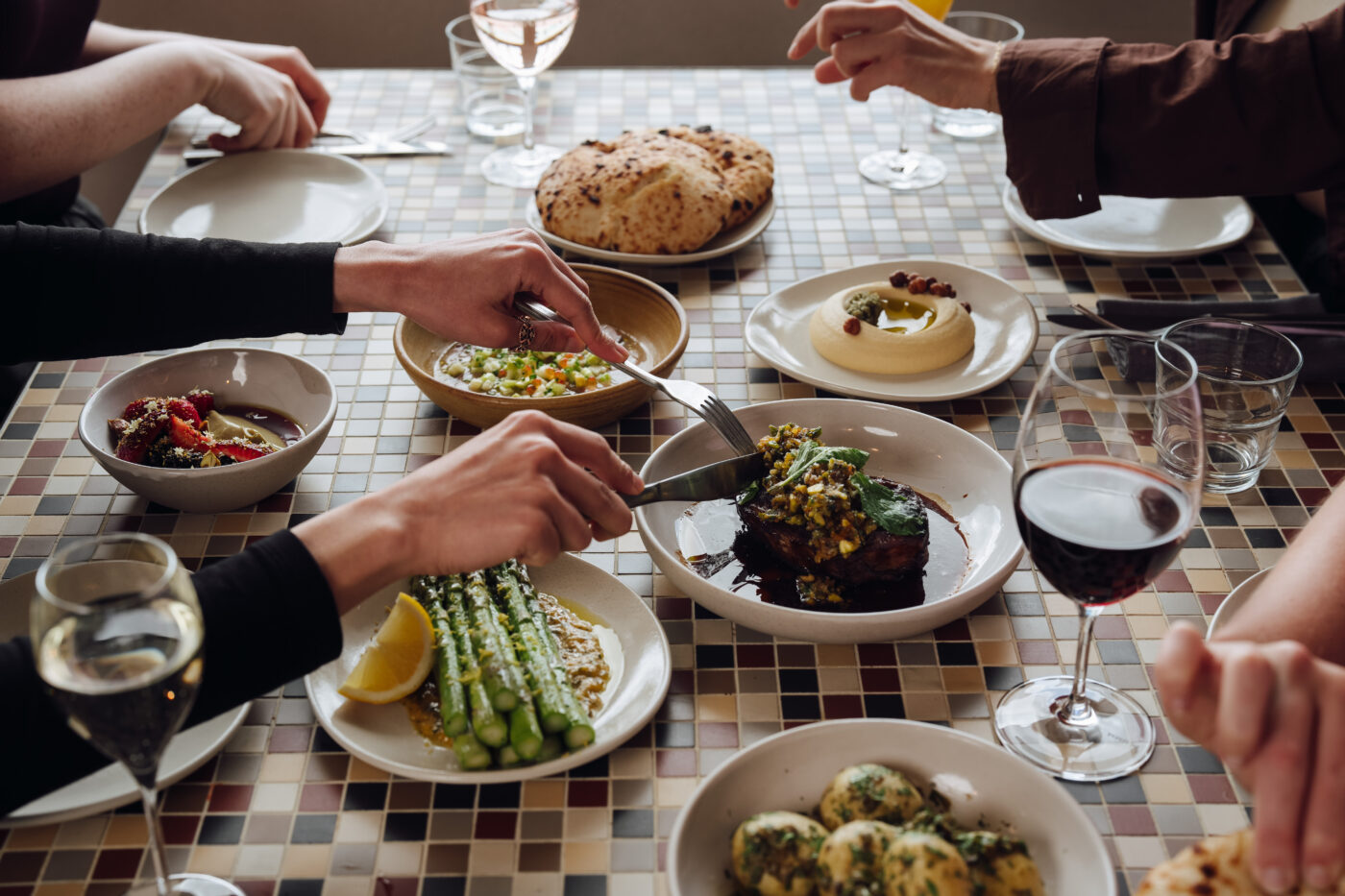Galaringi Reserve
The Upper Ponds bushland corridor follows the Ponds Creek southward through Carlingford and Telopea, to Kissing Point Road in the south. The corridor is 35.20 hectares in area with 8.05 kilometres of edge. The corridor contains two mapped native vegetation communities both of which are critically endangered at a State and Federal level – Blue Gum High Forest, and Sydney Turpentine Ironbark Forest. Galaringi Reserve is also a dedicated Wildlife Protection Area – an area set aside for the protection of native animals and their habitats. These areas have been identified as home to a large diversity of native animals. Cats are prohibited from entering these areas and dogs must be on a leash and remain on established tracks.
Blue Gum High Forest is a tall wet sclerophyll forest found on fertile shale soils in areas receiving high annual rainfall. This includes elevated gullies, ridgelines, crests and slopes underlain by rocks known as Wianamatta shales. Wianamatta shales refer to the uppermost layer of sedimentary rock which is underneath much of the Sydney basin. This geological layer is over 200 million years old.
Large stands of Acacia decurrens (commonly known as Black Wattle) attract a very good variety of birds in Galaringi Reserve and provide a valuable food source for resident Sugar Gliders. The Sugar Glider is most active at night, sleeping by day in nests made of leaves in tree hollows.
Descriptions of birds common to this area are included on the track posts along the walk.

Animals of Galaringi Reserve
Sugar Gliders – Petaurus breviceps
Sugar Gliders are small, tree dwelling marsupials that live in the trees found in tall eucalypt forests and woodlands. Looking similar to a possum, Sugar Gliders live amongst the trees, gliding up to 50 metres at a time using a soft membrane between their wrists and ankles known as a “patagium” like a parachute. When in flight, the glider uses its bushy tail for stability and steering.
Most active at night, they feed on eucalyptus gum, insects, lizards and even small birds, as well as sweet treats like tree sap, nectar and pollen. By day, gliders sleep in cozy nests of leaves within tree hollows. Sugar gliders can also utilise nest boxes, preferring boxes with small entrances to reduce vulnerability to predators.
Groups of up to seven adults and their young may form a 'clan' and share a nest. Among their own clan they are playful and social but will aggressively and noisily defend their territory if approached by Sugar Gliders from a different clan, or feel threatened by other animals. Dominant males mark other clan members and the territory around the nest with secretions from scent glands on their chest.
Sugar Gliders are usually born in pairs. Twins remain in their mother’s pouch for just over two months before venturing from the nest to forage for food, usually with their mother.



